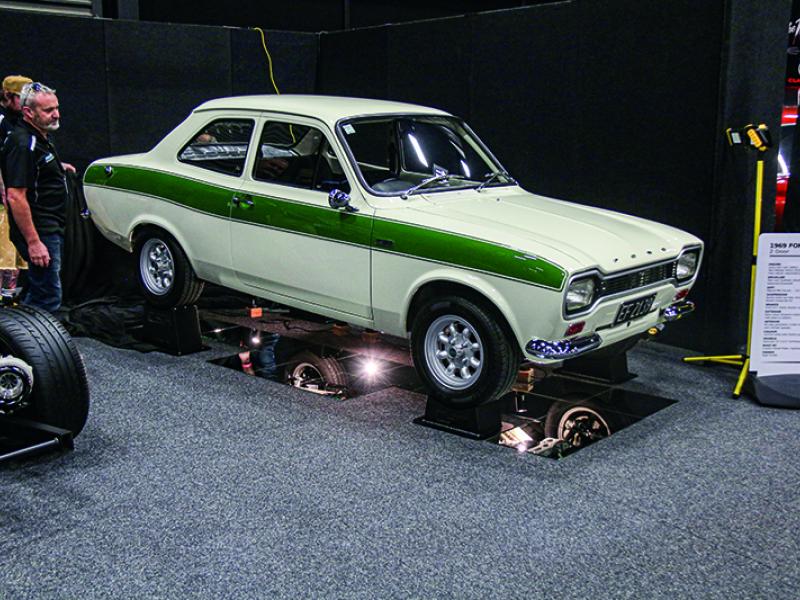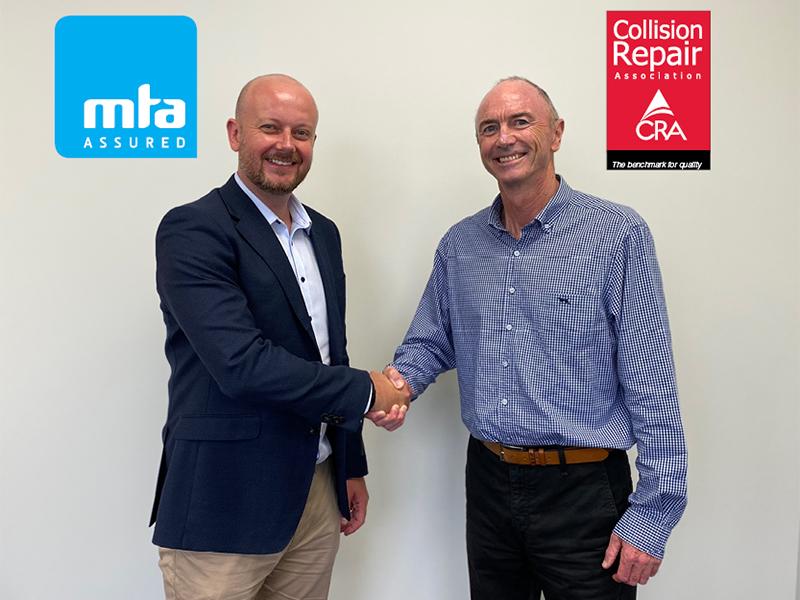In September 1987, representatives from more than 30 nations, including New Zealand, met in Montreal Canada. They outlined a plan to phase out production of CFCs and certain other ozone depleting substances: “The Montreal Protocol on Substances that Deplete the Ozone Layer”.
To meet New Zealand’s obligations under the Montreal Protocol, the Government enacted the 1990 Ozone Layer Protection Act. The Act created an offence of “Knowingly or without lawful justification or excuse releasing a controlled substance into the atmosphere”.
In November of 1992 the Ministry for the Environment convened a meeting with industry to discuss the recovery and recycling of CFC refrigerants in New Zealand. The meeting concluded that the main issue facing the industry was the destruction of ozone depleting refrigerants. Through Industry meetings from December 1992 to July 1993, agreement was reached to establish an industry trust to collect and destroy ozone-depleting substances.
In July 1993 “Trust for the Destruction of Ozone Depleting Refrigerants” was formed. The object of the trust was to arrange for a fund to cover the costs incurred following analysis, of the collection, storage, and disposing, in an environmentally acceptable way, of ozone depleting refrigerants and mixes containing them which have been used in the refrigeration and air conditioning industries.
Following a series of consultations with interested parties in late 2007, the trust’s objects were broadened to encompass collection, storage, and disposal of HFCs and any other synthetic refrigerants which contribute to the build-up of greenhouse gases and which have been used in the refrigeration and air conditioning industries. The trust was renamed “Trust for the Destruction of Synthetic Refrigerants”, also known as the Recovery Trust, or more simply, Recovery.
In the 20 years since its inception, Recovery’s efforts have had the positive impact of saving up to 415,000 tonnes of ozone and reducing the build-up of greenhouse gases by up to 260,000 tonnes of CO2 equivalent.
The fact is; all older refrigeration and air conditioning units in New Zealand may still contain CFCs and HCFCs which are chlorine-based and ozone depleting refrigerant gases. HFCs are third generation gases, produced in response to the phasing out of CFCs and HCFCs, but can be a source of greenhouse gas emissions and contribute to climate change.
Recovery represents an Industry which has taken a positive stance in the protection of Earth’s atmosphere. The problem still exists, and the work of Recovery continues.
Recovery collection depots are as follows:
Patton Ltd Auckland:
88 Carbine Road, Mt Wellington
Phone (09) 573 0060
Patton Ltd Wellington:
116 Hutt Road, Petone
Phone (04) 568 5052
Patton Ltd Christchurch:
26 Kingsley Street, Sydenham
Phone (03) 366 5093
The minimum quantity is 10kg in approved containers. Disposable containers are not acceptable.






